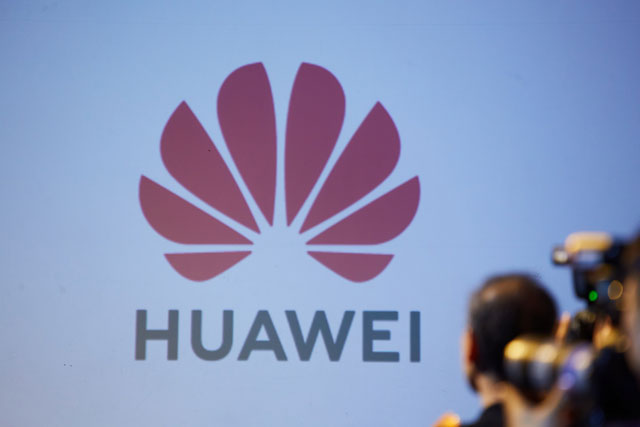The following 10 most-read technology articles in 2023 provide great insights in the dynamic evolving of the semiconductor industry experiencing US export restrictions on advanced chips and equipment to China. The US-China competition intensified after US continues to tighten grips on chip and equipment exports and requiring allies such as the Netherlands and Japan to comply. China's defiant efforts in pursuit of self-sufficiency, especially demonstrated through Huawei's success in producing Kirin 9000s chips with SMIC N+2 technology for its Mate 60 Pro smartphones, has made waves in the media.
Join our mailing list!
Join our mailing list!
Huawei's NearLink wireless technology signals a decoupled connected world
Intel cuts off manufacturing in IDM2.0, TSMC is expected to benefit
Tesla's humanoid robot 'Optimus' debuts in Taiwan, showcasing AI advancements
ASML reportedly sees first big EUV equipment order cut from TSMC
US, Japanese, and Dutch semiconductor equipment export values to China dropped; more substantial strategies demanded by expert
Next US export ban against China could target advanced packaging
TSMC lands advanced chip orders shifted from China
ASML CEO warns against 'compelling China to be innovative'
Semiconductor equipment firm ASML is seeing a negative effect on US' containment policy towards China. ASML CEO Peter Wennink shared his views on the China issue, as well as export restrictions and protectionism that the company is facing in the Nieuwsuur TV program broadcast on the evening of September 4.
Huawei's Kirin 9000S chip made by SMIC is only a breakout, not a breakthrough
Even though SMIC is lagging behind TSMC and Samsung Electronics by 5-6 and 4-5 years, respectively, it still managed to cross the threshold of advanced semiconductor manufacturing by successfully manufacturing Huawei's Kirin 9000S processor with multiple exposure processes using its FinFET N+2 node on immersion DUV machines.


